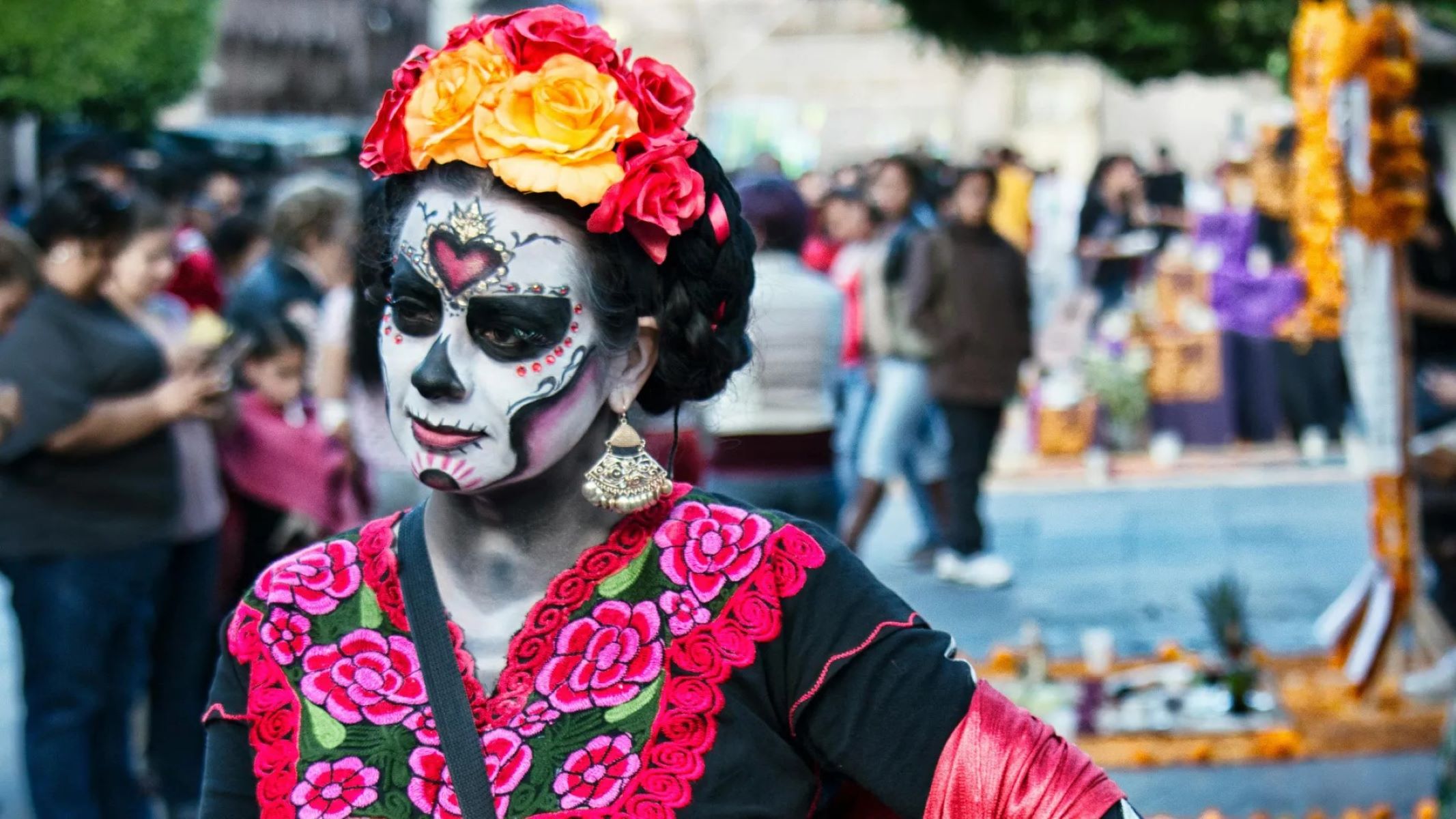Mysteries Of Mexican Cultural Customs Only Locals Truly Get

Ever wondered why Mexicans break a piñata at parties or why they celebrate Day of the Dead with such vibrant colors? Mexican cultural customs are rich, diverse, and sometimes puzzling to outsiders. Mexican traditions often blend indigenous practices with Spanish influences, creating unique rituals and celebrations. From the lively music of mariachi bands to the intricate designs of papel picado, each custom tells a story. Understanding these traditions can give you a deeper appreciation for Mexico's rich heritage. Whether you're planning a trip or just curious, learning about these customs will help you connect with locals and experience the culture more authentically.
Mysteries of Mexican Cultural Customs Only Locals Truly Get
Mexico, a land rich in history and tradition, holds many cultural customs that might seem puzzling to outsiders. These unique practices are deeply rooted in the country's heritage and are best understood by those who live there. Let's dive into some of these fascinating customs.
Día de los Muertos
Día de los Muertos, or Day of the Dead, is a vibrant celebration honoring deceased loved ones. This tradition is filled with colorful altars, sugar skulls, and marigold flowers.
- Ofrendas: Families create elaborate altars called ofrendas, adorned with photos, favorite foods, and mementos of the departed.
- Calaveras: Sugar skulls, known as calaveras, are decorated with bright colors and often bear the names of the deceased.
- Marigolds: These flowers, called cempasúchil, are believed to guide spirits back to the living world with their bright color and strong scent.
Quinceañera
A quinceañera marks a girl's transition from childhood to womanhood on her 15th birthday. This grand celebration is a blend of religious ceremony and festive party.
- Church Service: The day begins with a special mass where the girl receives blessings and gives thanks.
- The Waltz: A traditional dance, often with her father, symbolizes her first steps into adulthood.
- Changing of Shoes: The girl changes from flat shoes to high heels, representing her new status as a young woman.
Las Posadas
Las Posadas is a nine-day celebration leading up to Christmas, reenacting Mary and Joseph's search for shelter in Bethlehem.
- Processions: Each night, a procession led by children dressed as Mary and Joseph goes from house to house, singing and asking for lodging.
- Piñatas: At the end of the procession, a star-shaped piñata is broken, symbolizing the triumph of good over evil.
- Feasts: The hosts provide food and drinks, creating a sense of community and shared joy.
Mexican Cuisine Rituals
Mexican food is not just about taste; it's about tradition and ritual. Each dish tells a story and is often tied to specific customs.
- Tortilla Making: Making tortillas by hand is a skill passed down through generations, often involving the whole family.
- Mole Poblano: This complex sauce, made with chocolate and spices, is traditionally prepared for special occasions and celebrations.
- Tamales: Wrapped in corn husks, tamales are a communal effort, with families gathering to prepare them for holidays and festivals.
Mexican Greetings
Greetings in Mexico are warm and often involve physical touch, reflecting the country's emphasis on close personal relationships.
- Cheek Kiss: A light kiss on the cheek is a common greeting among friends and family.
- Handshakes: A firm handshake, sometimes accompanied by a hug, is typical in more formal settings.
- Titles and Respect: Using titles like "Señor" or "Señora" shows respect, especially when addressing elders.
Traditional Mexican Clothing
Traditional clothing in Mexico varies by region but often includes vibrant colors and intricate designs, reflecting the country's diverse cultural heritage.
- Huipil: A loose-fitting tunic worn by indigenous women, often embroidered with bright patterns.
- Rebozo: A versatile shawl used for warmth, carrying babies, or as a fashion accessory.
- Charro Suit: Worn by mariachi musicians and during rodeos, this suit is adorned with silver buttons and embroidery.
Mexican Festivals
Festivals in Mexico are lively, colorful events that bring communities together to celebrate their shared heritage.
- Guelaguetza: This festival in Oaxaca showcases traditional dances, music, and costumes from the region's indigenous cultures.
- Cinco de Mayo: Commemorating the Battle of Puebla, this day is celebrated with parades, music, and traditional food.
- Carnaval: Similar to Mardi Gras, Carnaval features vibrant parades, elaborate costumes, and street parties leading up to Lent.
Embracing Mexican Traditions
Understanding Mexican cultural customs offers a deeper appreciation of the country's rich heritage. From vibrant fiestas to the solemn Day of the Dead, these traditions reflect the heart and soul of Mexico. Locals live these customs daily, making them an integral part of their identity.
When visiting, respecting these traditions can enhance your experience. Participate in local festivals, try traditional foods, and learn a few phrases in Spanish. This not only shows respect but also opens doors to genuine connections with locals.
Remember, every custom has a story. By embracing these traditions, you gain insight into the values and history that shape Mexican society. So next time you find yourself in Mexico, immerse yourself in the culture. You'll leave with memories and a newfound respect for this vibrant country.

